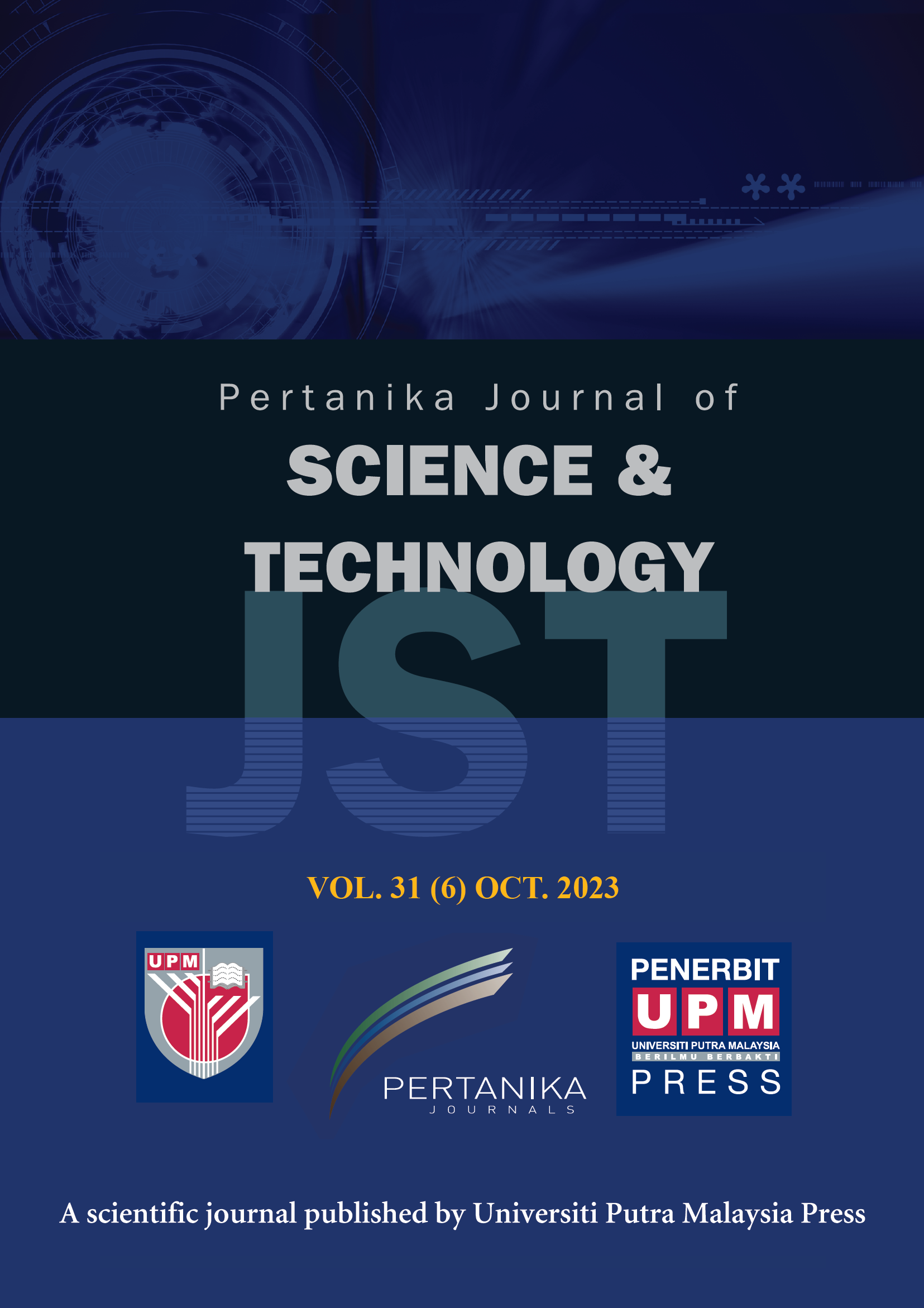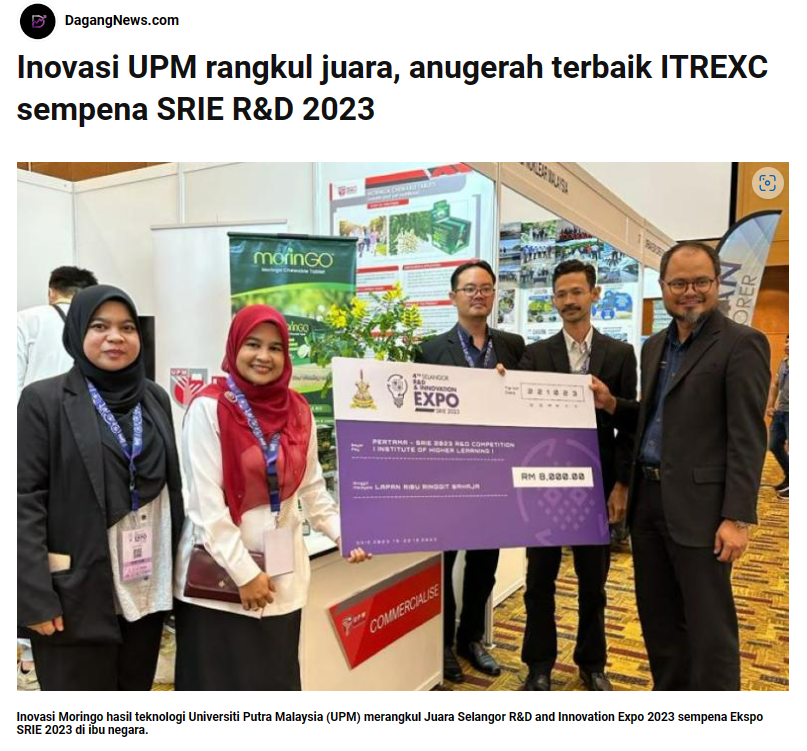To understand the transmission dynamics of any infectious disease outbreak, identification of influential nodes plays a crucial role in a complex network. In most infectious disease outbreaks, activities of some key nodes can trigger rapid disease transmission in the population. Identification and immediate isolation of those influential nodes can impede the disease transmission effectively. In this paper, the technique for order of preference by similarity to ideal solution (TOPSIS) method with a novel formula has been proposed to detect the influential and top ranked nodes in a complex social network, which involves analyzing and studying of structural organization of a network. In the proposed TOPSIS method, several centrality measures have been used as multi-attributes of a complex social network. A new formula has been designed for calculating the transmission probability of an epidemic disease to identify the impact of isolating influential nodes. To verify the robustness of the proposed method, we present a comprehensive comparison with five node-ranking methods, which are being used currently for assessing the importance of nodes. The key nodes can be considered as a person, community, cluster or a particular area. The Susceptible-infected-recovered (SIR) epidemic model is exploited in two real networks to examine the spreading ability of the nodes, and the results illustrate the effectiveness of the proposed method. Our findings have unearthed that quarantine or isolation of influential nodes following proper health protocols can play a pivotal role in curbing the transmission rate of COVID-19.
1. Introduction
Spreading process is a natural phenomenon and it is often found in biological, electrical, social, chemical, and many other fields. Complex networks have been used comprehensively in determining the most effective nodes and spreading ability-based ranking [1], [2]. In comparison to other nodes, influential nodes play an important role in complex networks in many applications like viral marketing, rumour spreading, disease outbreak and so on. However, selecting a set of influential nodes may demand taking the mutual influence into account between the nodes instead of simply selecting nodes with substantial influence. In addition, it is seriously challenging to select the initial node-set for maximizing spreading scale after the propagation process. To analyze and control the information dissemination process, complex networks require identifying influential network spreads [3], [4], [5]. Influential spreaders are the critical nodes running as a controller or a maximizer of a spread process in a complex network. For instance, an epidemiological network manages the virus propagation by controlling such influential nodes behavior, which expands information propagation in a social network using them as a maximizer [6]. In the literature, multiple indexing methods have been proposed to determine the influential network spreaders [7], [8], [9]. The real world consists of many complex networks, including social networks, biological networks, research networks, and transport networks. Real-world complex networks are unconstrained and often can be categorized as unweighted and undirected. Identifying and controlling the information propagation process in such networks significantly contributes to decision-making activities. It has many functions, such as market advertising, rumor control, disease control, and innovation propagation. As influencers are critical actors for information spread to help the decision-making process, it is necessary to identify influencers in complex networks [10], [11], [12], [13], [14], [15].
In recent times, analysis of complex networks has been widely used and developed due to its high correlation with various research issues. Recently, various relevant studies have been carried out to study the significant properties of the complex networks and how they become useful in modeling evidence theory and different decision-making scenarios [16], [17], [18], [19], [20]. Ye et al. [21] studied group behavior adaptability and welfare dynamics adaptability in multi-agent dynamics by adopting coevolution of game dynamics and network structure. Ranking the influential nodes in a complex network and knowledge-based system has been really popular in recent times, as this concept is really insightful in various fields. Liu et al. [22] proposed a generalized mechanical model incorporating both local and global information to identify the influential nodes in a complex network. In this work, ten real networks have been used to verify the effectiveness of the proposed method. To address the limitations of several centrality measures, Wen et al. [23] proposed a multi-local dimension (MLD) based on fractal property to identify the vital spreaders in complex networks. To show the effectiveness and reasonableness of the proposed method, some real-world and theoretical complex networks are exploited in the study. There are numerous real-life applications of complex networks in evidence theory. To visualize the relationship between individuals, Zhao and Deng [24] proposed a complex network model of evidence theory based on the similarity of evidence. In a recent work [25], structural similarity of nodes has been considered and original transition matrix has been replaced by similarity matrix to incorporate the fact that the transition probability between nodes and their neighbors is not same. Based on node ranking methods, Yu et al. [26] introduced a novel re-ranking algorithm through information spread function to determine a set of influential nodes for complex networks. Yang et al. [27] studied how to identify influential spreaders in complex networks based on node-local centrality and network embedding. Several approaches have been proposed from different perspectives to identify critical nodes in complex networks. Among these, the gravity model can effectively find significant nodes based on local and path information. In this regard, Li et al. [28] used a generalized gravity model for identifying influential spreaders in complex networks. Namtirtha et al. [6] provided the best method of identifying influential spreaders based on network global structural properties. Gupta and Mishra [29] studied information dissemination in complex networks and identified a set of top-N influential nodes using network structure.
In an epidemiological network, virus propagation can be controlled by analysing the behavior of influential nodes. From any topological position, spreading process can be controlled by calculating each node's spreading capability. As several mass vaccination programs of COVID-19 are going on in different countries, several virulent variants of COVID-19 have started posing threats of new surges of cases. From the beginning of COVID-19 pandemic, numerous mathematical modeling approaches have contributed a lot in terms of designing resilient public health policies to control the disease transmission [30], [31], [32], [33], [42]. However, effective identification of influential spreaders is still a puzzle to be solved. In this paper, the technique for order of preference by similarity to ideal solution (TOPSIS) method with a novel formula has been proposed to identify the influential spreaders efficiently in a complex social network, which involves analyzing and studying of structural organization of a network. Though numerous node-ranking methods are available in the literature, experimental results highlight that our proposed method outperforms all the contemporary methodologies over a large variety of network connectivity structures. Our proposed method is competitive with more sophisticated approaches that are computationally costly. It has been found in our experimental results that our proposed method can identify the most influential spreaders efficiently from complex networks. As the real disease transmission rate varies from network to network, infection probability is an insightful parameter to understand the real disease spreading scenario. Even though it is difficult to estimate real infection rate of a network, we have calculated disease spread probability pertinent to network epidemic threshold. Two real COVID-19 networks have been used to validate the robustness of the proposed method in identifying and ranking influential nodes. Eventually, a comprehensive comparison with the contemporary methods is presented to illustrate the effectiveness of the proposed method.
2. Materials and methods
Effective and influential identification of influential people or organizations can be helpful in controlling COVID-19 spread. In this section, several methods are presented to identify important nodes in random networks. Identifying influential propagators in the social or complex networks is a major challenge. To address this problem, several centrality measures such as eigenvector centrality (EC), degree centrality (DC), betweenness centrality (BC), and closeness centrality (CC) are proposed here. In the following, TOPSIS along with new modified weights are proposed to identify important and influential nodes.
READ MORE --→
You can continue reading the article by clicking the button (READ MORE) above or download the article in pdf ---→ CLICK HERE
.....................................................................................................
Sarkhosh SeddighiChaharborjabKhondoker NazmoonNabicKoo LeeFengdShahriar SeddighiChaharborjePei SeePhangfg




























